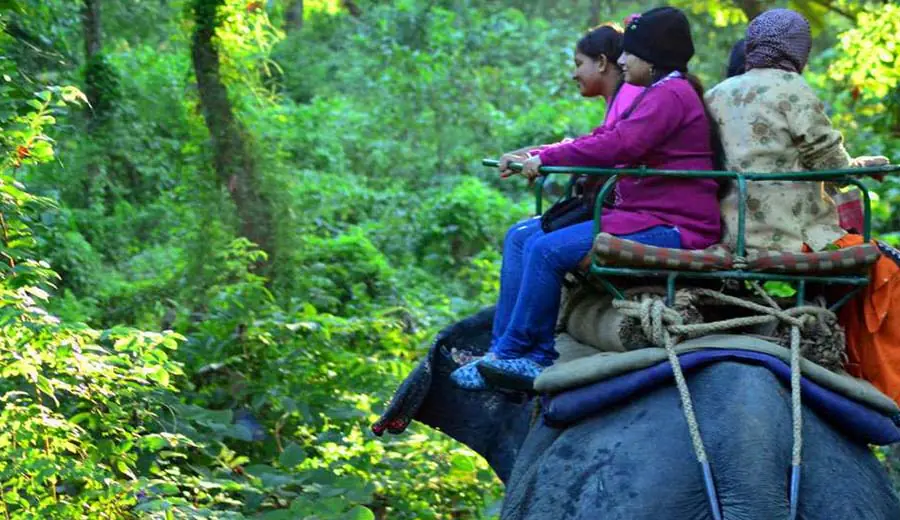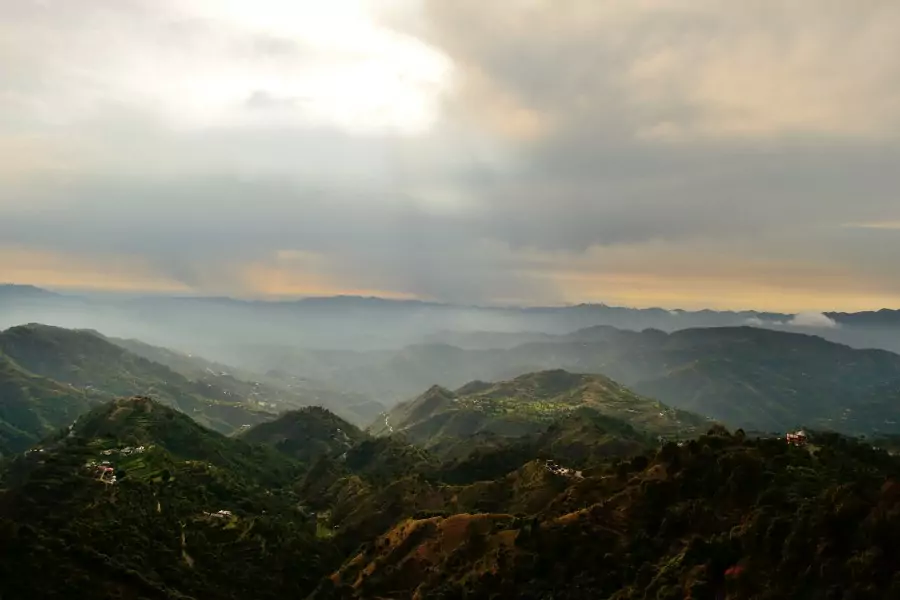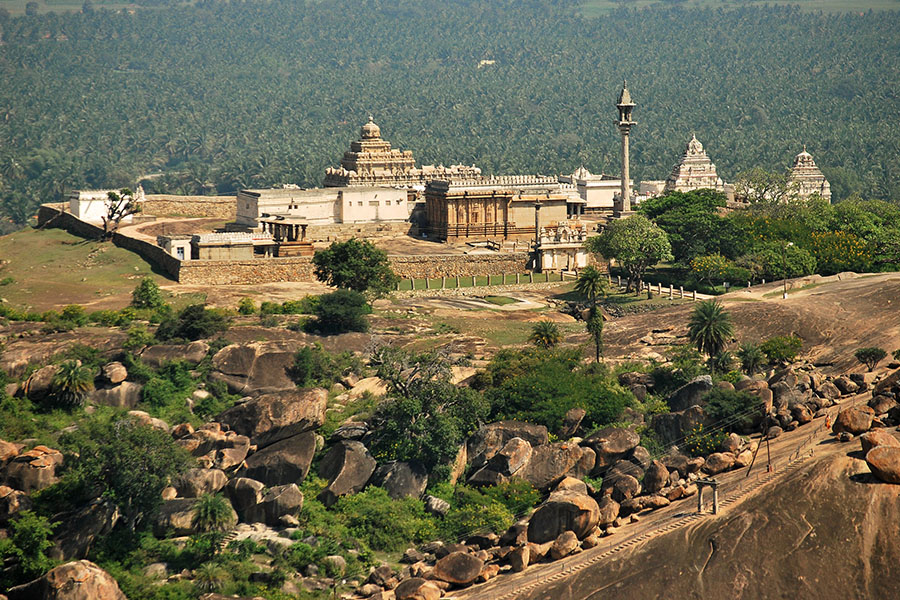Jaldapara National Park

Nestled in the lush green landscape of West Bengal, Jaldapara National Park is a treasure trove of biodiversity and a sanctuary for wildlife enthusiasts. This park is not just a destination but a journey into the wild, offering a glimpse into nature’s untouched beauty. But what makes Jaldapara truly special? Let’s explore this wildlife paradise and find out why it should be on every traveler’s bucket list.
Location and Accessibility
Where is Jaldapara National Park?
Jaldapara National Park is located in the Alipurduar district of West Bengal, India. Situated at the foothills of the Eastern Himalayas, it offers stunning landscapes and diverse wildlife. The park’s proximity to Bhutan adds an extra layer of intrigue for visitors.
How to Reach Jaldapara National Park?
Reaching Jaldapara is relatively straightforward. The nearest airport is Bagdogra, about 140 kilometers away. From there, you can hire a taxi or take a bus. The closest railway station is Madarihat, just 7 kilometers from the park, making it easily accessible by train.
History and Background
Historical Significance
Jaldapara’s history is deeply intertwined with the local culture and traditions. It was originally a game reserve established in 1941 and later declared a sanctuary in 1976. The park’s transformation over the years has been a testament to conservation efforts and the region’s commitment to preserving its natural heritage.
Establishment and Evolution
Jaldapara National Park has evolved from a hunting ground to a haven for endangered species. The park’s establishment was crucial in protecting the Indian rhinoceros and other wildlife, providing them with a safe habitat to thrive.
Flora and Fauna
Rich Biodiversity
The park’s diverse ecosystem includes grasslands, riverine forests, and tropical deciduous forests. This variety supports a wide range of flora and fauna, making Jaldapara a biodiversity hotspot.
Key Species: Indian Rhinoceros, Elephants, and More
Jaldapara is renowned for its population of Indian rhinoceroses, a species that has found refuge here. Elephants, leopards, bison, and various species of deer also call this park home. The rich avian life, with species like the Bengal florican and crested eagle, makes it a paradise for bird watchers.
Wildlife Safaris

Types of Safaris: Jeep, Elephant, and Walking
Exploring Jaldapara’s wildlife is best done through its safaris. You can choose from jeep safaris, elephant rides, or walking trails, each offering a unique way to experience the park’s beauty. The elephant safaris, in particular, provide an up-close encounter with the park’s majestic residents.
Best Time for Safaris

The best time to embark on a safari in Jaldapara is from October to May. During these months, the weather is pleasant, and wildlife sightings are more frequent, making for an unforgettable experience.
Bird Watching

A Paradise for Bird Lovers
Jaldapara’s birdlife is as impressive as its larger wildlife. The park is a haven for bird watchers, with over 240 species recorded. From the striking peafowl to the elusive Himalayan pied hornbill, the diversity is staggering.
Rare and Endemic Birds
Keep an eye out for the Bengal florican, an endangered species that finds sanctuary in Jaldapara’s grasslands. The park also hosts migratory birds, making it a year-round destination for bird enthusiasts.
Accommodation Options
Staying Inside the Park
For those looking to immerse themselves fully in nature, staying inside the park is a great option. The forest lodges and eco-resorts offer a unique experience, surrounded by the sounds of the wild.
Nearby Hotels and Resorts
If you prefer more conventional accommodations, there are plenty of hotels and resorts near the park. From budget-friendly options to luxurious retreats, there’s something for every traveler.
Best Time to Visit
Climate and Weather
Jaldapara experiences a tropical climate, with hot summers and cool winters. The monsoon season brings heavy rainfall, rejuvenating the park’s flora but also making some areas inaccessible.
Seasonal Highlights
The winter months, from October to March, are the best time to visit. The weather is cool, and the park’s wildlife is more active. This period also coincides with the migration of several bird species, adding to the park’s allure.
Cultural Significance
Indigenous Tribes and Their Culture
Jaldapara is not just a wildlife sanctuary; it’s also a cultural hub. The local indigenous tribes, like the Toto and Rava, have lived in harmony with nature for centuries. Their rich cultural heritage adds depth to the Jaldapara experience.
Festivals and Traditions
The park’s surrounding areas are vibrant with festivals and traditions. The local communities celebrate various cultural events, offering visitors a chance to experience the region’s rich traditions and customs.
Conservation Efforts
Initiatives to Protect Wildlife
Conservation is at the heart of Jaldapara’s mission. The park authorities, along with local communities, have implemented various initiatives to protect the wildlife. Anti-poaching measures, habitat restoration, and eco-tourism are some of the key strategies.
Role of Local Communities
The involvement of local communities in conservation efforts is crucial. They play a significant role in protecting the park’s wildlife and promoting sustainable tourism. Their knowledge and traditions contribute to the park’s unique identity.
Visitor Guidelines
Do’s and Don’ts
Visitors are encouraged to respect the park’s rules and guidelines. This includes not disturbing the wildlife, avoiding littering, and following designated paths. Responsible tourism helps preserve Jaldapara’s natural beauty for future generations.
Safety Precautions
While Jaldapara is generally safe, it’s essential to take certain precautions. Stay within designated areas, follow the guide’s instructions, and avoid feeding the animals. These simple steps ensure a safe and enjoyable visit.
Nearby Attractions
Other Places to Explore

The region around Jaldapara offers more than just wildlife. Visit the Bhutan border town of Phuentsholing, the scenic Chilapata Forest, or the historic town of Cooch Behar. These nearby attractions provide a well-rounded travel experience.
Cultural and Historical Sites
Explore the rich history and culture of the area by visiting sites like the Madarihat Palace or the Kalchini Tea Estate. These spots offer a glimpse into the region’s past and present, enriching your journey.
Photography Tips
Capturing the Beauty of Jaldapara
Jaldapara’s diverse landscapes and wildlife present endless opportunities for photography. Whether you’re capturing the majestic rhino or the serene landscapes, the park offers a photographer’s paradise.
Equipment and Techniques
For the best results, bring a camera with a good zoom lens. Early mornings and late afternoons provide the best lighting, and a tripod can help stabilize your shots. Remember to respect the wildlife and maintain a safe distance.
Travel Tips
Packing Essentials
Pack light, breathable clothing, as well as comfortable walking shoes. Don’t forget essentials like sunscreen, insect repellent, and a hat. A good pair of binoculars can enhance your wildlife viewing experience.
Navigating Jaldapara is best done with a guide. They not only ensure your safety but also enhance your understanding of the park’s ecosystem. It’s advisable to book safaris and accommodations in advance, especially during peak season.
Conclusion
Jaldapara National Park is more than just a wildlife sanctuary; it’s a celebration of nature’s diversity and beauty. From the majestic Indian rhinoceros to the vibrant birdlife, every corner of this park tells a story. Whether you’re a nature lover, a photographer, or just someone looking for a unique travel experience, Jaldapara offers something for everyone. So, pack your bags and set out on an adventure to this enchanting land where the wild roams free and nature thrives.
FAQs
What is the best time to visit Jaldapara National Park?
The best time to visit Jaldapara National Park is from October to May, when the weather is pleasant and wildlife sightings are more frequent.
How can I book a safari in Jaldapara?
Safaris can be booked through the West Bengal Forest Department’s official website or at the park’s entrance. It’s advisable to book in advance, especially during peak season.
Is Jaldapara safe for solo travelers?
Yes, Jaldapara is generally safe for solo travelers. However, it’s recommended to follow safety guidelines and travel with a guide during safaris.
What should I pack for a trip to Jaldapara?
Pack light, comfortable clothing, sturdy shoes, sunscreen, insect repellent, and a hat. Don’t forget a good pair of binoculars and a camera for wildlife viewing and photography.
Can I visit Jaldapara National Park with kids?
Absolutely! Jaldapara is a great destination for families. The park offers various activities suitable for children, including safaris and bird watching.


